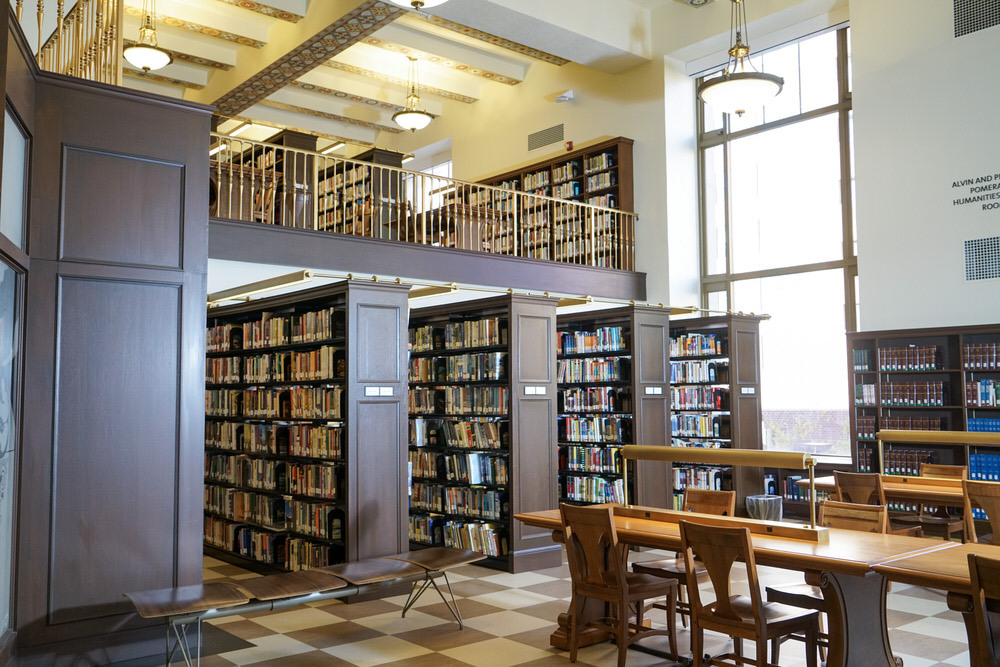Sailor History
Sailor is a project of Maryland’s public libraries that provides broadband Internet access, IT and Web services, and other tech-based resources and solutions for Maryland librarians and residents.

With beginnings dating back to 1989, Sailor is a continuing example of Maryland public libraries’ historic ability to cooperate in pursuit of visionary goals and acknowledgement that library and information services extend beyond the four walls of the library.
Daily operations of Sailor are managed by staff at the Maryland State Library Resource Center, located at the Central Library of the Enoch Pratt Free Library in Baltimore, Maryland. Oversight is assigned to the Sailor Advisory Committee, which is a subcommittee of the State Library Resource Center Oversight Commission.
Since 2001, funding for Sailor has been included in the State of Maryland grant that provides for the Enoch Pratt Free Library to serve as the Maryland State Library Resource Center. Prior to 2001, a combination of federal Library Services and Construction Act grants and supplemental State of Maryland technology grant funding was used to underwrite Sailor.
History
Sailor can trace its beginnings to Toward the Year 2000: A Strategic Plan for the Maryland State Library Network, published in November 1989. This document articulated Maryland’s public libraries’ intention to replace their existing inter-library request system with a fully automated system by 1995. The new system would hopefully feature access to a virtual catalog of all publicly funded libraries’ materials. Another objective, with a view to the future, was to provide online access to commercial databases for Maryland residents. A third objective was to provide electronic conferencing capability for the libraries. And finally, by 1995, all publicly-funded libraries were intended to be linked by a dedicated state telecommunications system.
Charged with pursuing these objectives, the State Library Network Coordinating Council published a roadmap for this cooperative effort in November 1990: The Maryland State Library Network: Who we are, What we do, How we do it, And for Whom. Their vision statement described Maryland residents having access to a myriad of resources meeting their information needs by the year 2000. In 1991, the Council appointed the Seymour Working Group to prepare an implementation plan by September 1992. That plan, known as The Seymour Plan, described an electronic infrastructure connecting libraries and Maryland residents to information resources within and beyond the state featuring a telecommunications backbone connecting the libraries to the Internet. It also envisioned an electronic means of delivering documents and communications, and electronic tools for finding books, articles, facts, agencies and government information. In April 1994, the Council had to give up the name Seymour to avoid a service mark conflict, and chose the name Sailor as a replacement.


